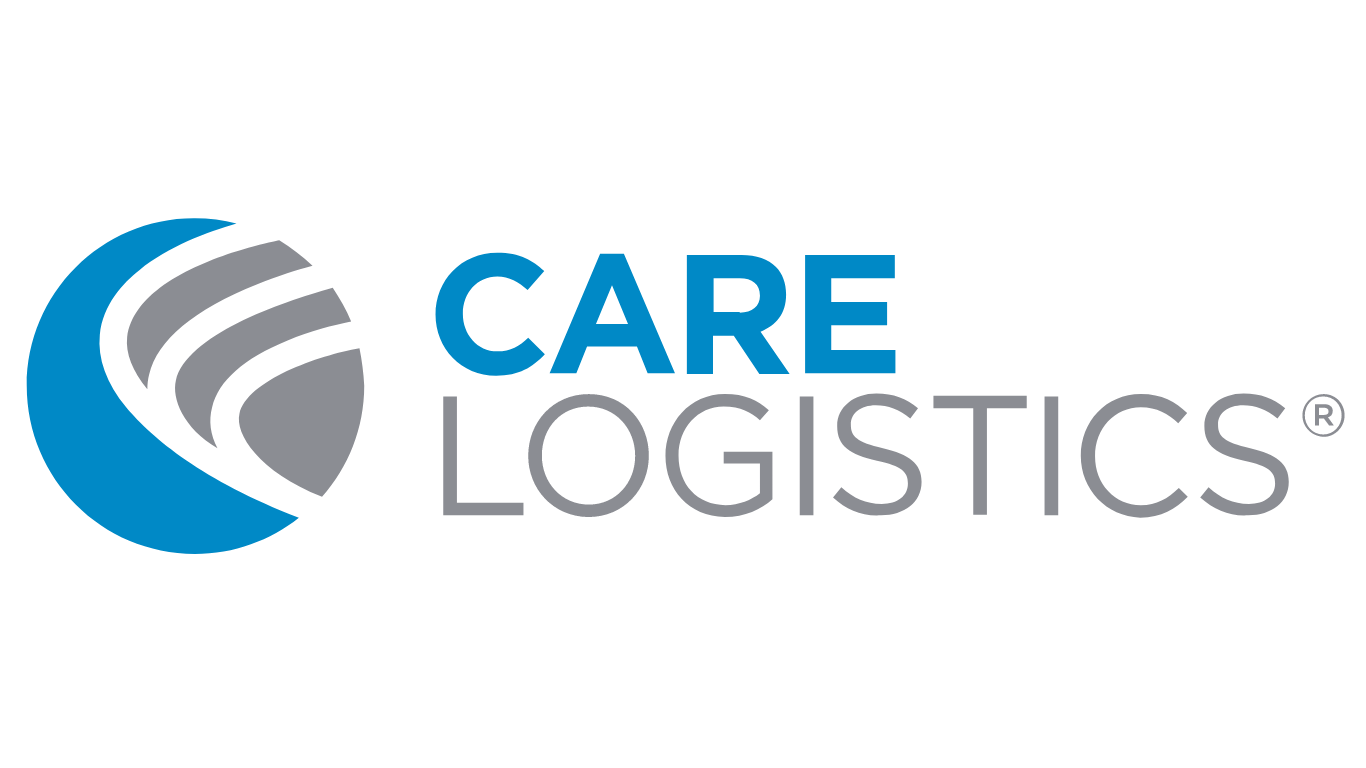Alligators in the Data Swamp (Part 2)
In the realm of data management, data lakes emerged as a solution to address the challenges businesses face in handling diverse data sources and formats that arise from intricate business operations. They were designed to serve as a centralized hub, offering a convenient and comprehensive approach for businesses to access and explore a wealth of data. A well-maintained and organized corporate data lake holds immense potential, enabling businesses to extract significant value from these vast data reserves.
In part one of the Alligators in the Data Lake series, we touched on some pitfalls of data lakes and their implementations. However, there are some ways to help steer clear of the dangers in the data swamp and avoid many of the alligators. As we delve deeper into the topic, it is crucial to explore the practical aspects and strategies for maximizing the benefits offered by data lakes.
Maximizing Business Value in Data Lakes
First, concentrate on business value. A clear and well-communicated understanding of data lake goals and their value to the business can justify budgets and project plans, guide the use of data sources and related technologies, and prevent the misapplication or misuse of data technology. Clear identification of project ownership and responsibilities, whether for vendors or employees, is also essential. Trusted vendors can also help reduce the 'time to value' and staff effort required to implement a new project, provide appropriately tailored recipes for business value, and help drive return on investment.
Planning for the Entire Lifecycle of Your Data Lake
Next, plan for the entire lifecycle of the data lake - not just for the incoming data 'water', but for its continued use and change as well as the eventual pruning and removal of irrelevant data. This requires that project leadership research use cases, understand technology choices' continued impact, and plan for continued value amid inevitable changes.
Ensuring Data Quality and Security in Your Data Lake
Data quality and proper security are two essential but often overlooked characteristics. They can help maximize and retain value for the data lake. Data quality revolves around a simple question: "How do we know the data is good?" Documentation and definition of terms, their acceptable values, usage, and sources are the foundation of this essential. At first glance, tight security controls may appear to restrict opportunities for data lake 'wins', but may help evade compliance incidents and improper data use.
Operational support is incredibly important to a data lake. Create a team to monitor operational metrics, alert when incidents would interrupt your business value or when performance is impacted, and be ready to respond to technical and operational issues. Many businesses prefer to invest these responsibilities in a vendor; the idea of having 'one neck to choke' may clarify responsibilities and streamline incident resolution.
Documentation for Data Lake Excellence
Finally, documentation identifies excellence for the data lake. Clear data organization and documentation promotes the accurate use of data and amplifies business value. Technology maps, data flow diagrams, configuration guides, catalogs, data dictionaries, and other data documentation can clarify business rules and support valid, valuable results.
Unlocking the Business Value of Your Data Lake
The actual beauty of a data lake lies in its business value, not in its technology. With proper planning and implementation, most of the alligators and swamp-like problems can be avoided; new insights from the data lake might well create that return on investment that all businesses look for. The vast expanse of the data lake holds untapped potential waiting to be explored, and by diving in with confidence and embracing the possibilities it presents, organizations can embark on a transformative journey toward data-driven success.



